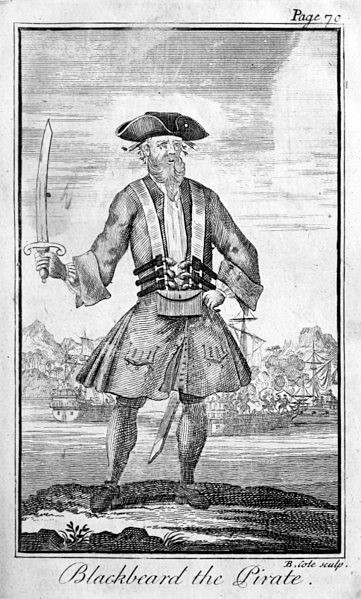While the Internet makes it so much easier for owners of intellectual property (IP) to market their goods, it also makes it that much easier for pirates to infringe IP rights.
As the World Intellectual Property Organization (WIPO) notes,
With estimated sales of US$133 billion in 2009, the fastest growing area of counterfeit trade is online.
Online infringement takes several forms, including:
- Sale or sharing of unauthorized copies or downloads of digital media (such as movies, music, books, and videogames)
- Sale of counterfeit physical products on platforms such as eBay
Companies like MarkMonitor provide technological solutions for searching for infringing material online.
Once it’s found, the simplest way to remove online content that infringes copyright is via the “notice-and-takedown” process of the Digital Millennium Copyright Act (DMCA).
In order to take advantage of the “safe harbor” provisions that protect website owners against liability for copyright infringement by their users, website owners must designate a DMCA agent – a person who can be contacted to remove infringing material.
In the notice, a copyright owner (or the owner’s representative) must provide certain information about the alleged infringement:
-
-
- The date of the notification;
- A physical or electronic signature of a person authorized to act on behalf of the owner of an exclusive right that is allegedly infringed;
- A description of the copyrighted work claimed to have been infringed, or, if multiple copyrighted works on the Site are covered by a single notification, a representative list of such works at the Site;
- A description of the material that is claimed to be infringing or to be the subject of infringing activity and information sufficient to enable us to locate such work;
- Information reasonably sufficient to permit the site owner to contact the copyright owner, such as an address, telephone number, and/or email address;
- A statement that the person complaining has a good faith belief that use of the material in the manner complained of is not authorized by the copyright owner, its agent, or the law; and
- A statement that the information in the notification is accurate, and under penalty of perjury, that the person complaining is authorized to act on behalf of the owner of an exclusive right that is allegedly infringed.
-
The person who posted the allegedly infringing material can file a counter-notice, but usually what happens is that the website owner removes the infringing material.
The DMCA also provides a mechanism for obtaining a subpoena from an internet service provider (ISP) for “information sufficient to identify the alleged infringer” from the ISP’s business records (17 USC § 512(f)).
A court can issue such a subpoena even if the copyright owner doesn’t file an actual complaint. Once the copyright owner knows who the infringer is, the owner can decide whether, where, and how to file suit to prevent further infringement and/or seek damages.


